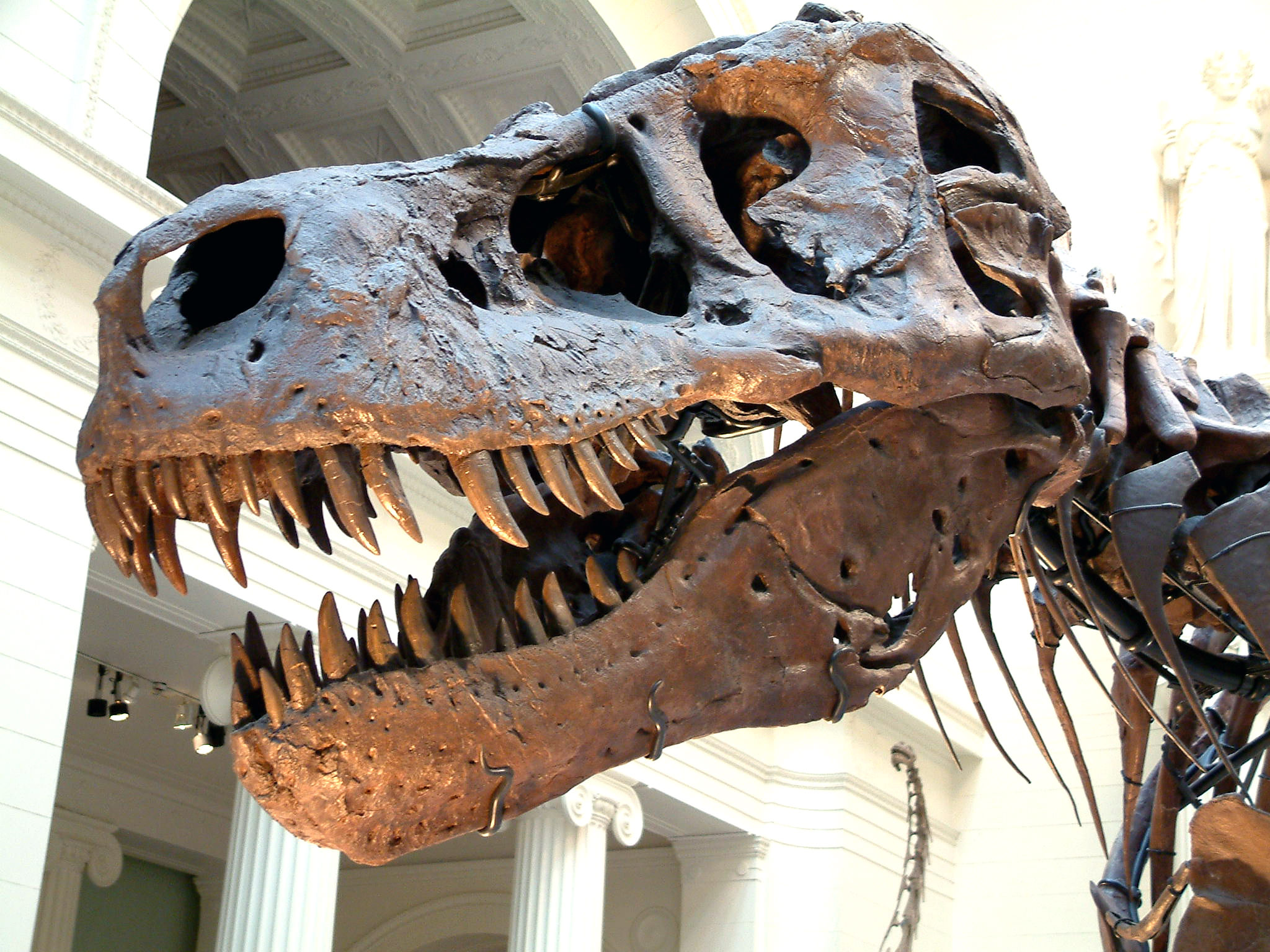Earth’s current biodiversity is the highest in the history of life – ever. It’s the product of three and a half billion years of evolution. But a new study warns that a tipping point is on the horizon.
Led by researchers at Stanford, Princeton and UC Berkeley and published in the journal Science Advances, the study warns that the current loss and decline of animals is contributing to what appears to be the beginning of the planet’s sixth mass extinction – the first since dinosaurs were wiped out some 65 million years ago. These findings echo a report published last year by Stuart Pimm, a biologist at Duke University, who also cautioned that earth was entering its sixth mass extinction.
Vertebrates – including mammals, birds, amphibians, reptiles, and fish – are disappearing at a rate over 100 times faster than normal. And the number of species that have gone extinct in the last 100 years would normally take 800 to 10,000 years to disappear at natural rates.
The previous mass extinctions were the result of natural planetary transformations or asteroid strikes. The current die-off, however, is likely the result of human activities, including deforestation, development, pollution, and climate change.
Sixteen to thirty-three percent of all vertebrates are estimated to be threatened or endangered. Large animals, including polar bears, elephants, and rhinos, face the highest rates of decline, a trend that matches previous mass extinctions. Their losses would have a trickledown effect that could affect other species – including us.
How could this affect us? We will explore the details tomorrow.
**********
Web Links
Stanford biologist warns of early stages of Earth’s 6th mass extinction event
Earth Has Entered First ‘Mass Extinction’ Since Dinosaurs, Study Warns
Photo, posted November 11, 2005, courtesy of James St. John via Flickr.
Earth Wise is a production of WAMC Northeast Public Radio.
